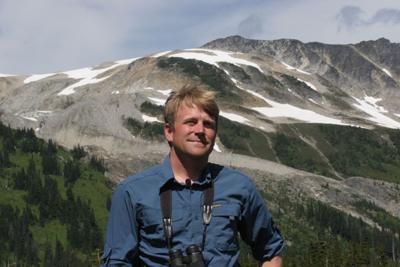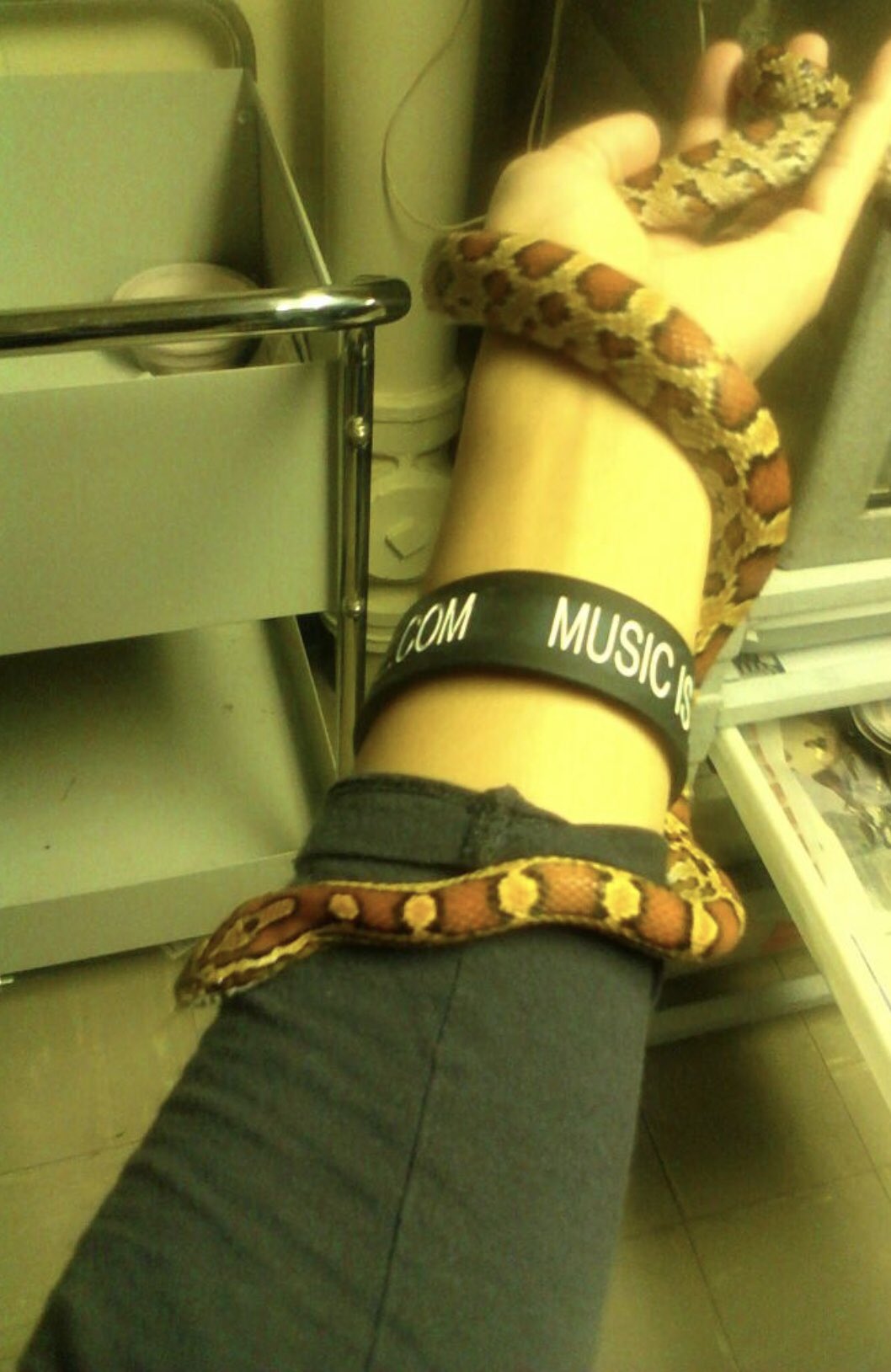Warning: I will talk about ideas that may seem disconnected. That is by design, and will make sense in the end.
I make sure everybody who enters my science-sphere knows I’m from the hood (poor, urban area with lots of people and little to no green space). Not because I think it makes me sound more intriguing or edgy, but because it matters that you know. It matters most, however, for people who share that background with me–particularly kids, as they are beginning to solidify an understanding of how they fit into the world.
One other thing you should know is that I have always been drawn to wildlife. Growing up, I had lots of wildlife books (like the iconic ones below), National Geographic magazines, and VHS tapes that filled my mind and soul with wonder.

You may be inclined to think, then, that this affinity and curiosity for all wildlife would translate to comfort around wildlife, right? NOPE.
Heavily modified urban landscapes, like my hometown of Philadelphia (specifically Germantown), have almost no observable wildlife. The wildlife species we may see while walking down the street are Rock Pigeons, House Sparrows, and European Starlings (if we’re lucky). But then there are some we might see inside: all manner of cockroach, rats in the subway, and bedbugs in the furniture if we’re really unlucky. The only “wildlife” people tend to notice are the ones encROACHing on their space and comfort.
In that context, interactions with wildlife are almost exclusively experienced and described as being associated with infestation, plague, and pestilence. Now, not all animals cause folks in the hood to wretch. Furry, charismatic megafauna leave everyone positively amazed. But a bug? A snake? A rodent? Forget it. And even I, the animal loving, wildlife-obsessed kid that I was, adopted those same aversions. So, even though I loved reading about them in books and seeing them on TV, being in the same space as the
“creepies” was not something that interested me.
Let’s switch gears. In all of those nature magazines, books, and T.V. shows that I watched my entire childhood, guess what every human being looked like?:

These were the people out in the forest, touching the bugs, the lizards, exploring and studying the natural world. *Let me emphasize that I am eternally grateful for them and for their skill in science communication. They cultivated my fundamental fascination with wildlife.* But I never once saw a version of myself.
My senior year of high school, a black family friend encouraged me to intern at the Philadelphia Zoo because his sister “did something with the animals there.” I was absolutely against the idea. I had never been to the zoo and I wasn’t interested in working with wild animals. I had subconsciously adopted the idea that, despite my fascination, it wasn’t “for me”. I begrudgingly applied to the environmental education internship, and, to my surprise, ended up getting the gig.
The sister he mentioned, Michelle Jamison, was actually the lead carnivore keeper (MAJORLY DOPE). She immediately reached out to me, one of 80 interns, and told me to come see her after my shift one day. She took me behind the scenes, showed me the ins and outs of the animal care, animal training, breeding programs, and species survival plans for which she was responsible. On top of that, she was like me. She talked like me, looked like me, and we were from the same kind of place. That single day changed the course of my life. I didn’t realize until that moment that I had somehow considered myself unqualified for such a career.
That day was the first major step to orienting my career towards working with wildlife. It only happened because someone showed me a different black-girl narrative.
But here’s the thing…my aversions didn’t magically disappear. The first time I touched a snake, I was 18 and afraid (but I didn’t let them see me shake). The first time I held a Madagascar Hissing Cockroach, I was disgusted and offended. The first time I touched a Colorado Potato Beetle larva (the subject of my honors thesis), I thought I would blow chunks. The first time I got an aphid molt in my mouth (they inhabited the potato plants I was cultivating), I quit my honors thesis. Don’t worry, I resumed the next day.

My next hurdle is long-term field biology. And guess what? I will continue to have new “firsts” that will certainly be confronted with deep-seated aversions. I will probably feel disgusted, mortified, and “shook” by each new encounter with wildlife that elicit those conditioned emotional responses. But that’s okay. I know I can do it because I’ve seen it done.
That’s why I make sure you know I’m from the hood. Because you might be an 15 year old city girl with a dream but you’ve been shown it’s not for you. You might be a wildlife professional with power, trying to decide if intentionally seeking a diverse team is worth the trouble. You might be a parent with the chance to paint a picture of possibility for your child. Whoever you are, remember: seeing oneself in the picture is critical to saying “yes” to the dream.



Colorado potato beetle larvae *are* disgusting. They attack my eggplants some years. I grew up on a farm and I still don’t want to touch them even though I know they’re harmless.
LikeLiked by 1 person
It’s something about the way they scoot! But yes, highly destructive.
LikeLike
Thanks for posting! This touched home 😉 I recently said yes to the dream and slowly but surely getting there — better late than never!
LikeLiked by 1 person
Absolutely! Do you have a twitter or IG? I would love to connect! I love meeting people whose stories are similar to mine.
LikeLike
I’m on Twitter @haalimifolia ☺
LikeLike
I love her work!
LikeLike